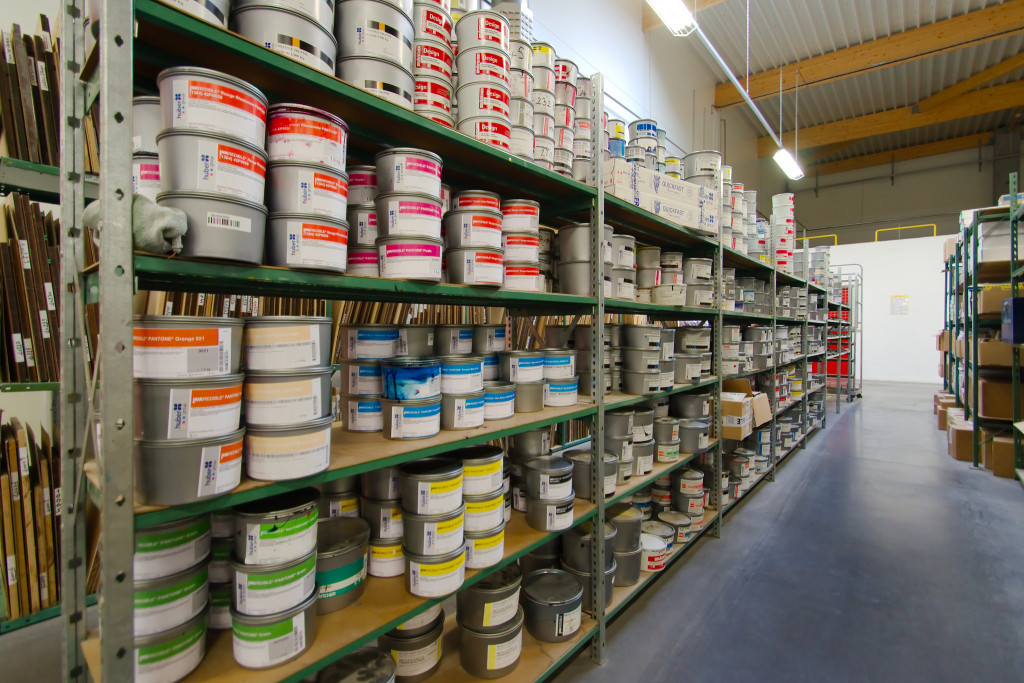The following is a guest post from Angelica Valentine, Content Manager at Wiser
This holiday season you’ve worked hard to make sure you carry the right products, price them effectively, answer customer questions quickly, and get orders out on time. This sounds like a recipe for success, but in 2016 there’s one more step that retailers can’t afford to leave out.
Competitive Intelligence
For most of retail’s history, getting competitor insight was a manual process. Physical retailers snooped in their competitors’ shops to see how they were priced and used that as one benchmark that informed their own pricing. Now that there are multichannel and pure play retailers, it has gotten much more complicated.
The market has become more saturated than ever and tracking competitors’ pricing and inventory manually is becoming less and less possible. However, as it became more difficult to keep track of competitor information, automated competitive monitoring solutions popped up to help retailers stay up to date.
Competitive intelligence gives a clear window into how your inventory and pricing stack up. Because, let’s face it, having a great looking and fast site that doesn’t have the products shoppers are looking for at competitive prices won’t get you too far in online retail. There are competitors all over the internet just waiting for your offerings to stumble so they can swoop in and steal sales. Competitive intelligence makes this fear a thing of the past.
Now this all sounds great in theory, but I know you’re wondering: how can this improve my bottom line? Let’s break it down by pricing and inventory to get a look at competitive intelligence’s potential impact.

Image courtesy of Frédéric BISSON
Inventory
One of the first steps to having a successful online retail business is having the right products. While historical and trend analyses can be great ways to plan your assortment, the reality is that your competitors’ inventories also need to be factored in. If your rivals have a few products that you don’t that shoppers really happen to like, then you might lose more than a few sales. It’s much easier for shoppers to get everything all at once, instead of checking out on more than one site.
Using competitive intelligence to improve your inventory can help you win sales because shoppers won’t have to click over to a competitor to get everything on their list. Amazon is known as the everything store because it offers just about anything you could ever want. Of course, most retailers can’t and shouldn’t carry that many products, but competitive insight makes it possible to add products that competitors have.
With that said, it’s important to only add the best products to your assortment. Items that don’t sell well or that have margins that are razor thin might not make sense. Therefore, add only the best selling products that fit with your store’s goals and vertical. After inventory competitive intelligence is put to use, pricing is the next area to optimize.
Pricing
When comparing inventory with competitors, those findings should also impact pricing. Overlapping products should be priced most competitively. Unique products should be priced to maximize profits, as long as demand stays high and until competitors enter that market.
Image courtesy of YL Tan
Competitive intelligence is one of the main components needed for a modern pricing strategy in online retail. Without it, retailers are left to make one-sided conjectures.
By now I’m sure you’ve heard of dynamic pricing. Amazon made this pricing strategy popular in the retail sector and now retailers of all sizes are trying their hand at it. Dynamic pricing is a flexible pricing model in which businesses change their pricing in real-time based on a number of factors, from demand to competitor pricing to supply. It allows you to keep prices updated to stay competitive, and boost sales and or profits, based on your specific goals.
As the 2015 holiday season wraps up, it’s important to note how competitive it was for the retail industry. Retailers started their promotions in October and had a number of sales throughout the fall to give shoppers many opportunities to check out.
Each year in retail seems to be more competitive than the one before. That’s why I think utilizing competitive intelligence will move beyond a nice-to-have and become a staple for all successful retailers. The big box retailers are already doing it and next year will be the year that all other retailers realize the impact it can have.
About the Author
Angelica Valentine is the Content Marketing Manager at Wiser. Wiser levels the retail playing field with a turnkey solution for retailers, brands, and manufacturers to stay both competitive and most importantly, profitable.




